Ravenna, renowned for its Byzantine mosaics and rich historical heritage, holds a fascinating connection to one of the most iconic figures of early 19th-century Romantic literature: Lord George Gordon Byron.
This bond, woven with poetry, politics, and passion, is now celebrated anew with the opening of the Byron Museum, housed within the Palazzo Guiccioli Museum Complex, a stunning noble residence nestled in the heart of Ravenna’s historic center.
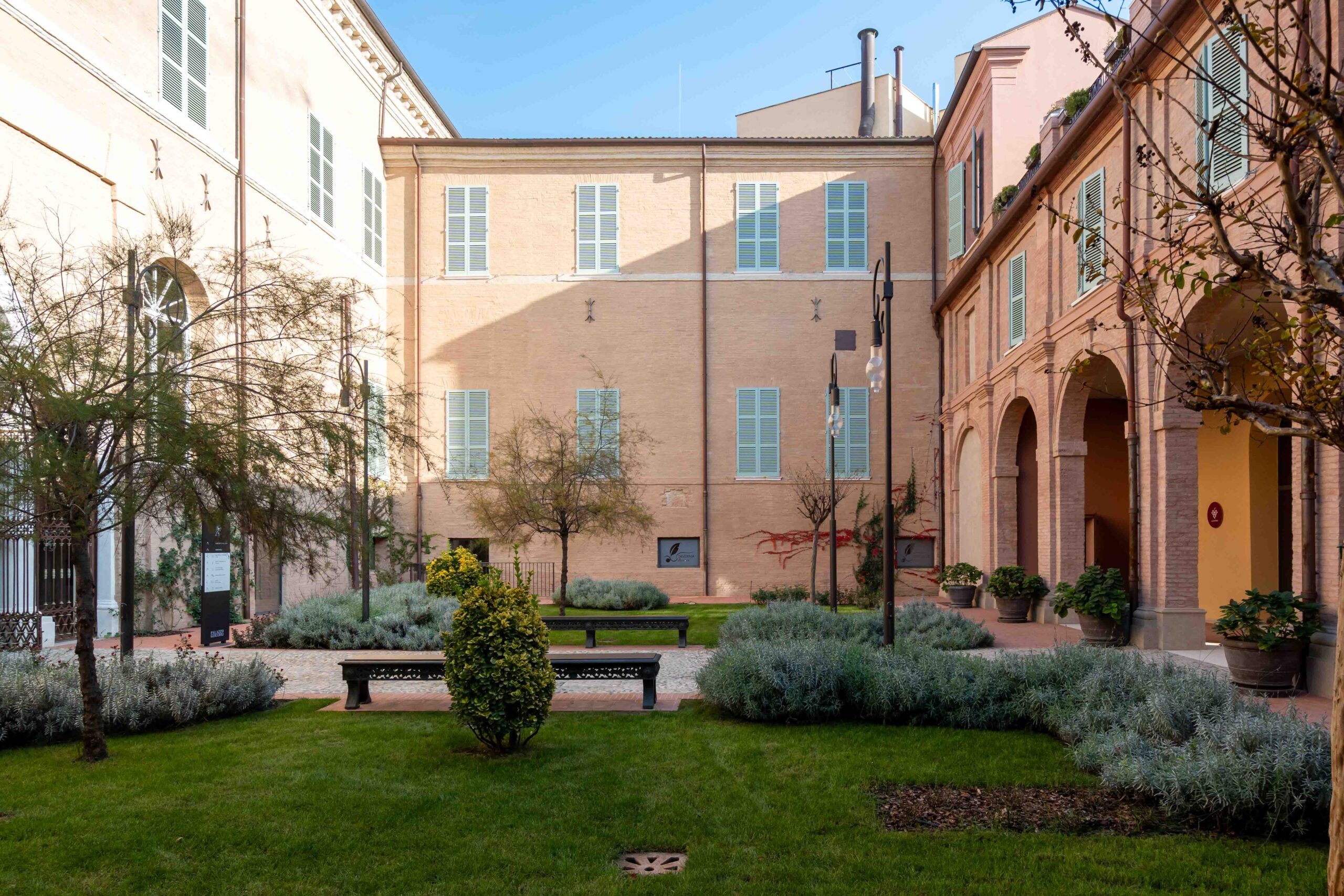
Lord George Gordon Byron: The Rebel Poet
Born in London in 1788, Lord Byron epitomized the spirit of Romanticism: a rebellious soul defying the societal and moral conventions of his time. His life was a whirlwind of passions, scandals, and ideals, taking him from London’s elegant salons to the revolutionary circles of the Carbonari.
Byron rose to fame with Childe Harold’s Pilgrimage, a narrative poem tinged with disillusionment and melancholy. This success launched him into celebrity status, and his striking good looks combined with his defiant, free-spirited nature made him a symbol of liberty and rebellion.
However, Byron’s personal life, marked by tumultuous relationships and scandals—including a rumored incestuous affair with his half-sister Augusta Leigh—led to his ostracism from British society. This rejection prompted him to leave England in 1816.
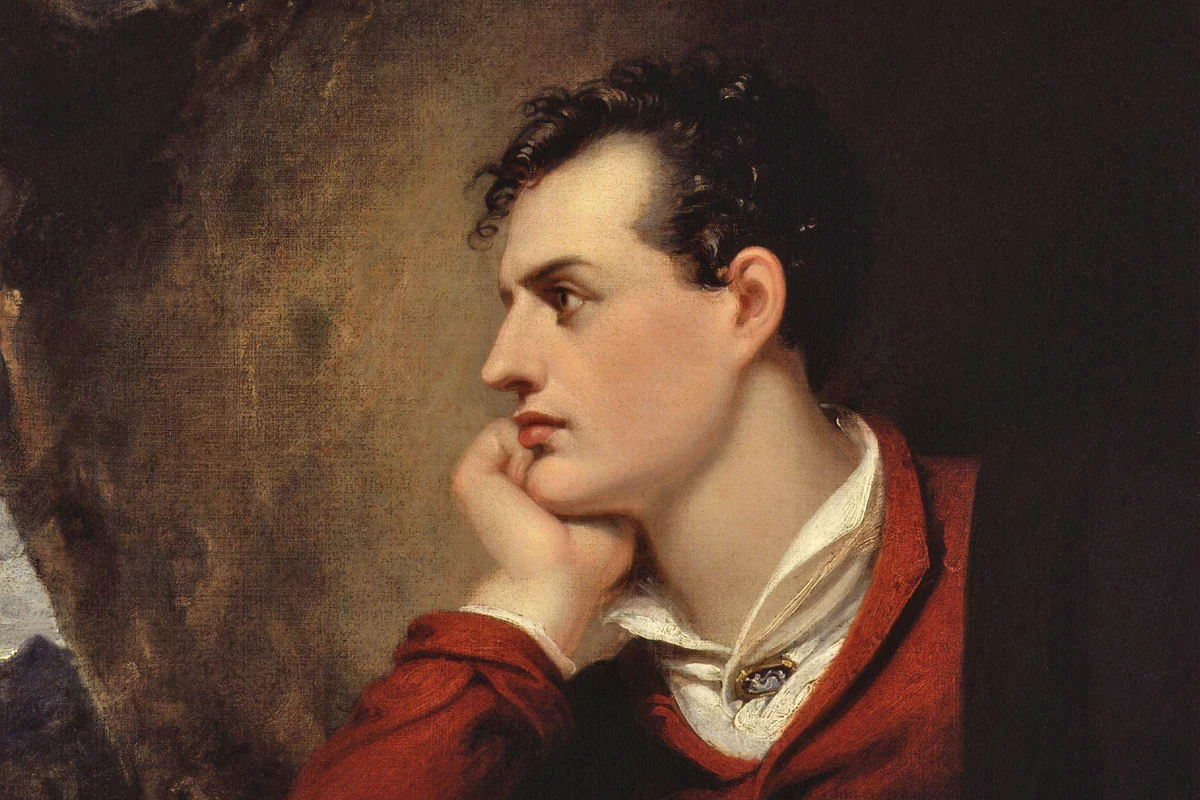
In self-imposed exile, Byron found a new chapter of his life in Italy, and in Ravenna, he discovered not only a home but also a stage for his deepest passions. There, he embarked on a love affair with Teresa Gamba Guiccioli, a young and captivating local aristocrat.
Teresa, married to Count Alessandro Guiccioli, was immediately drawn to Byron’s charisma and intensity. Their relationship – intense, profound, and defiantly unconventional – became a symbol of Romantic love.
But Ravenna wasn’t merely a setting for Byron’s romantic endeavors. The city became a crucible for his political engagement, as he embraced the ideals of the Carbonari and supported Italy’s fight for freedom and independence. This period inspired some of his most mature works, including Cain and The Prophecy of Dante.
Byron’s life came to a premature end in Missolonghi, Greece, in 1824, where he died fighting for Greek independence. He was just 36. His untimely death immortalized him as a Romantic hero: a restless soul who lived every moment with fervor.
Palazzo Guiccioli: A Museum That Tells a Story
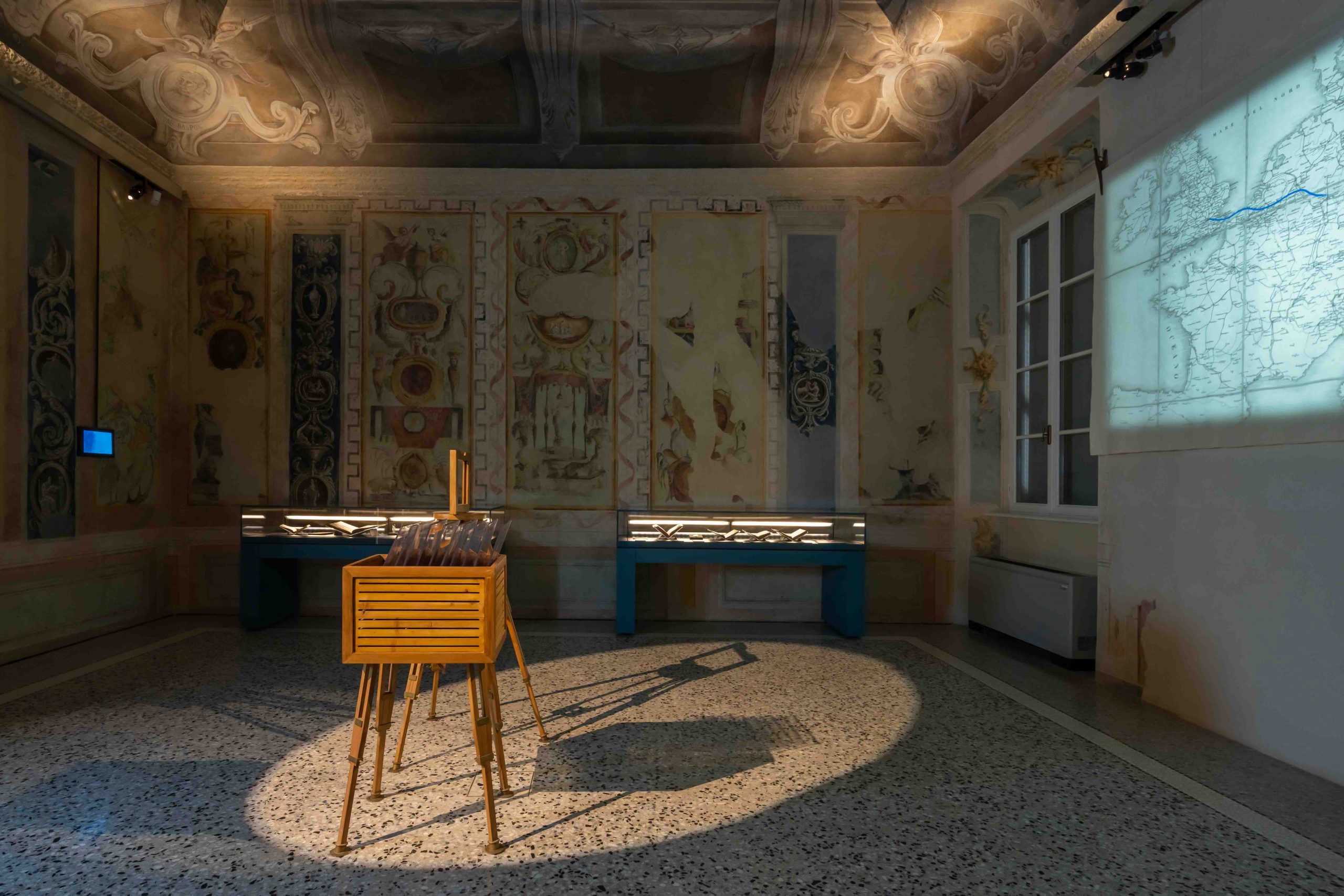
The Palazzo Guiccioli Museum Complex provides an immersive dive into the history and culture of 19th-century Ravenna. At its heart lies the Byron Museum, dedicated to the English poet and his passionate connection to Teresa Guiccioli.
Through a captivating exhibition of personal artifacts, letters, and multimedia installations, Palazzo Guiccioli offers visitors a poignant and intimate journey. Among the treasures on display are love letters, medallions, and even locks of hair—tangible remnants of a love story that defined an era.
Innovative installations by Studio Azzurro enhance the experience, featuring evocative projections and reconstructed settings that bring Byron’s Ravenna to life. Walking through the museum’s halls feels like stepping into a Romantic tableau, where history and emotion intertwine.
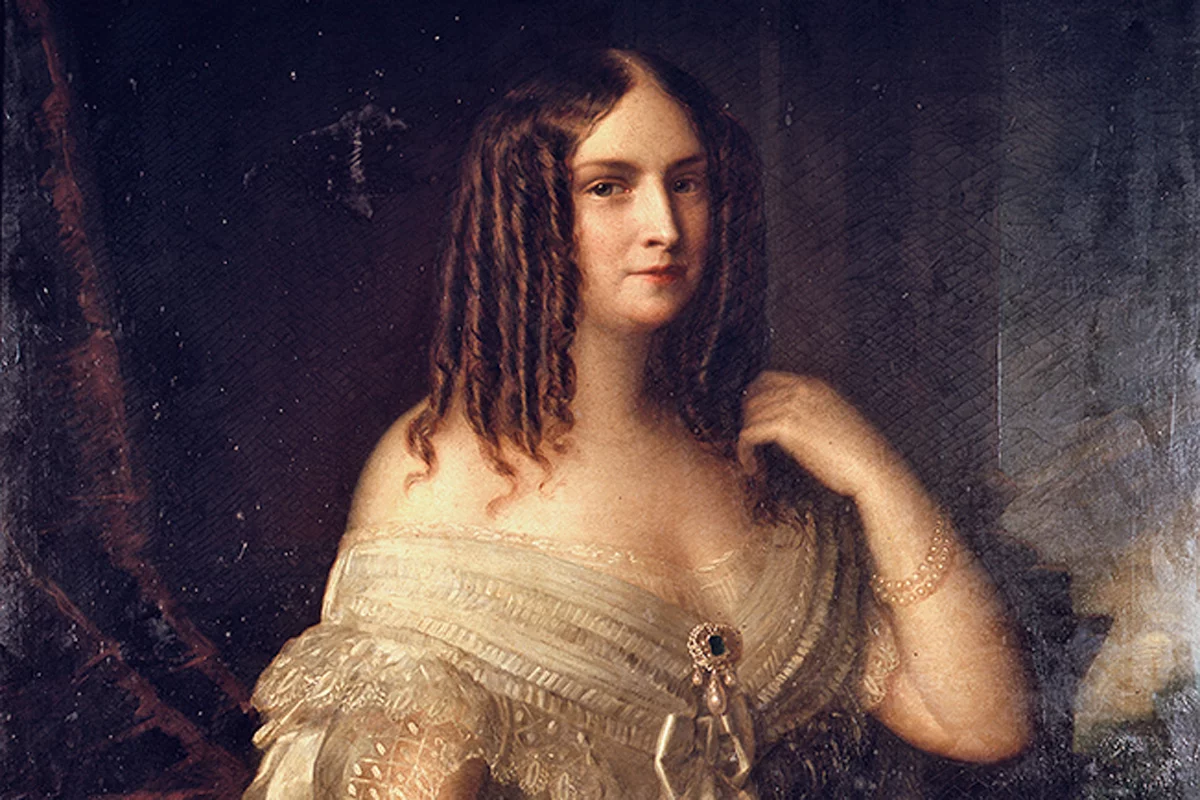
Why Visit the Byron Museum?
- Immerse Yourself in Romanticism: Experience the allure of 19th-century Romanticism in an environment that brings Byron’s world vividly to life. The building is an integral part of a larger museum complex, which includes the Museum of the Risorgimento, dedicated to the history of Italian Unification, and the Museum of Dolls, which explores the history of play and childhood.
- Discover a Tale of Passion and Defiance: Byron and Teresa’s love story is a testament to the power of love and rebellion against societal norms.
- Explore Ravenna’s Historical Tapestry: Gain insights into Ravenna’s significant role in Byron’s life and literary legacy.
- Admire Artistic and Historical Artifacts: The museum’s rich collection of personal items and documents sheds light on both the poet’s life and the era he lived in.
- Reflect on Cultural Heritage: The Byron Museum is a unique space where history, art, and culture converge to inspire and enlighten.
… but there is that within me which shall tire
Torture and Time, and breathe when I expire …
Byron, Childe Harold’s Pilgrimage, canto IV, CXXXVII
Author
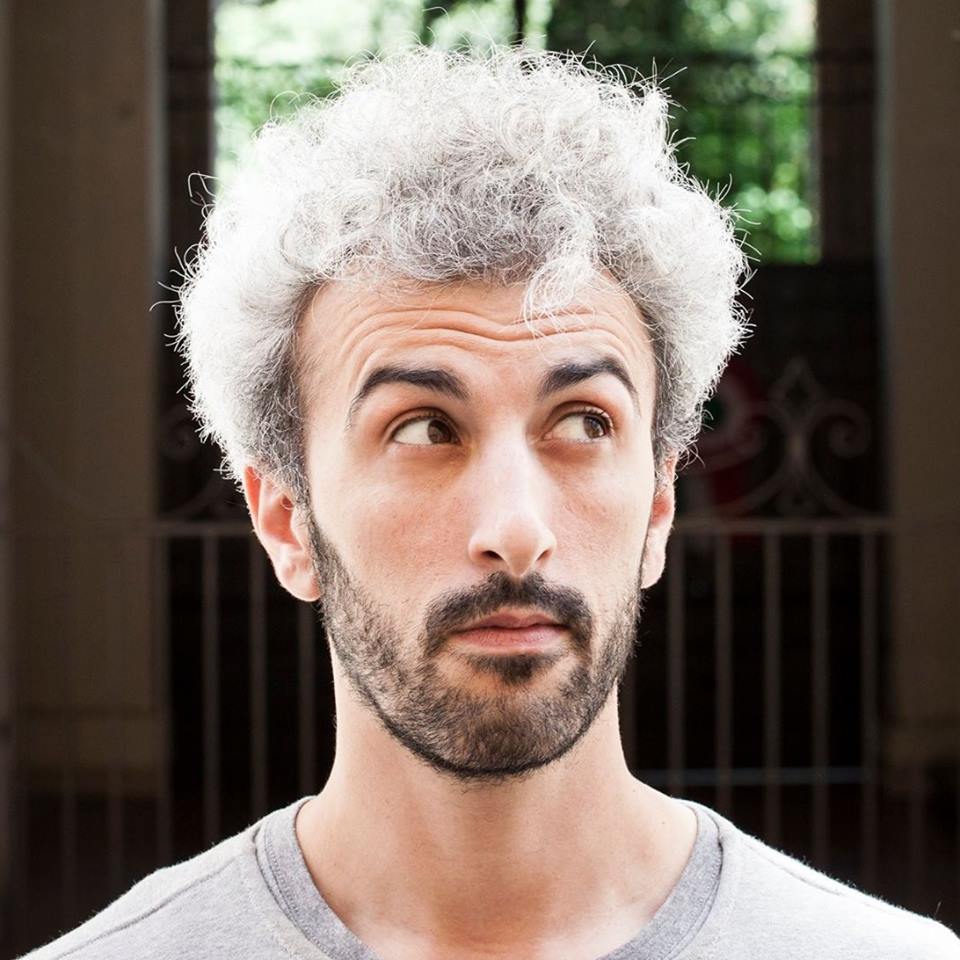
Davide Marino
Davide Marino was born archaeologist but ended up doing other things. Rational – but not methodic, slow – but passionate. A young enthusiast with grey hair
You may also like
Discover Ravenna: cosa fare e vedere in città
by Davide Marino /// November 16, 2017
La Divina Commedia nei mosaici Unesco di Ravenna
by Davide Marino /// November 27, 2020
Le città Unesco dell’Emilia-Romagna
by Davide Marino /// November 8, 2018

Interested in our newsletter?
Every first of the month, an email (in Italian) with selected contents and upcoming events.
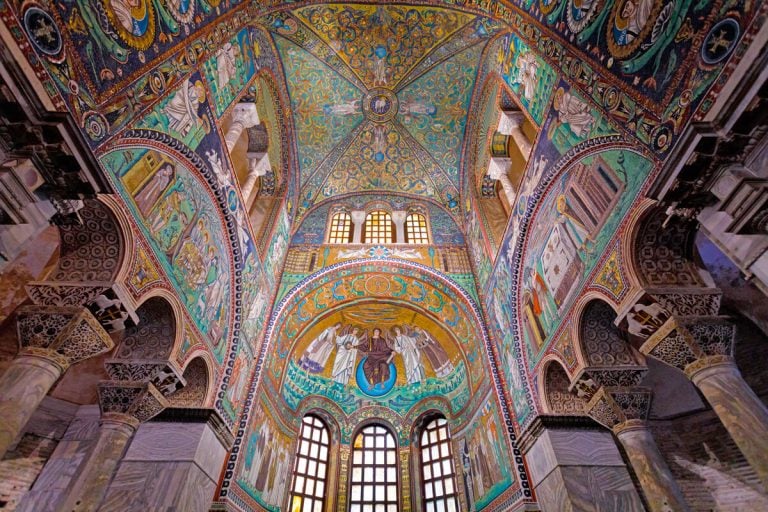
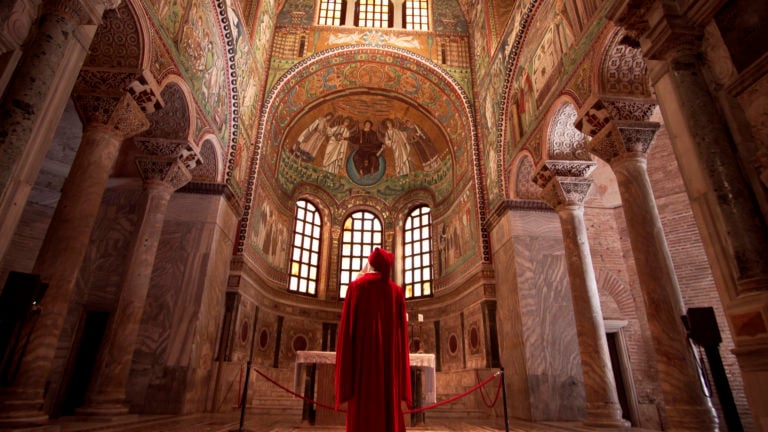
Janine Martin-prades
J adore Byron ,